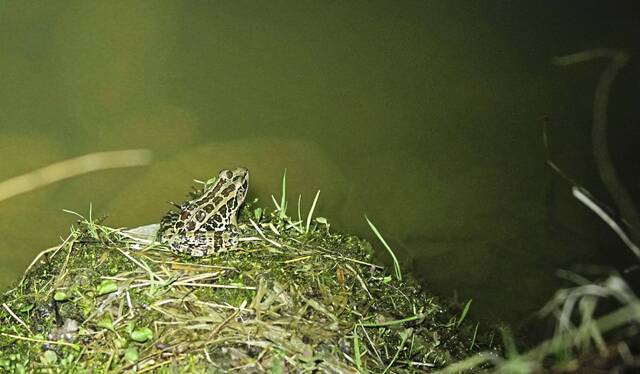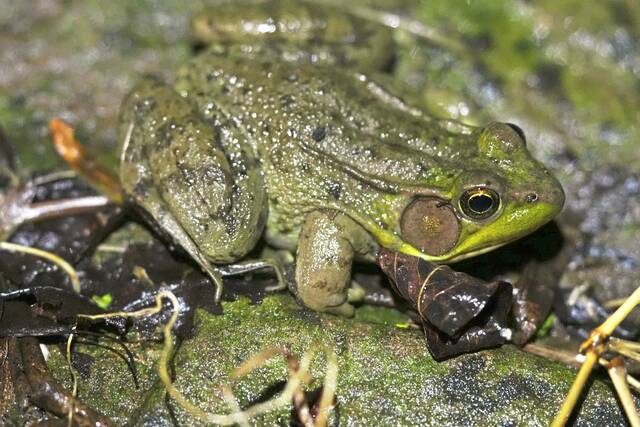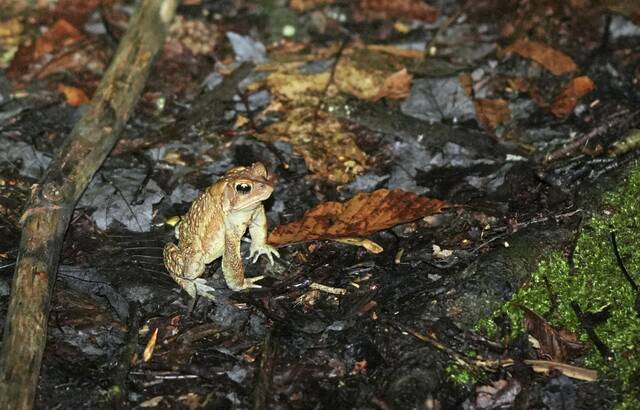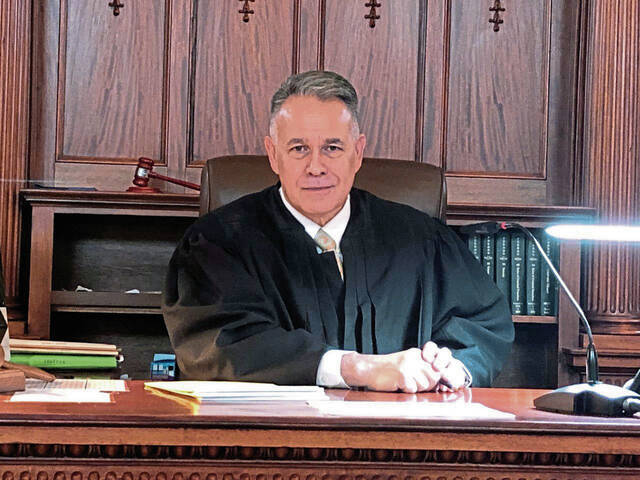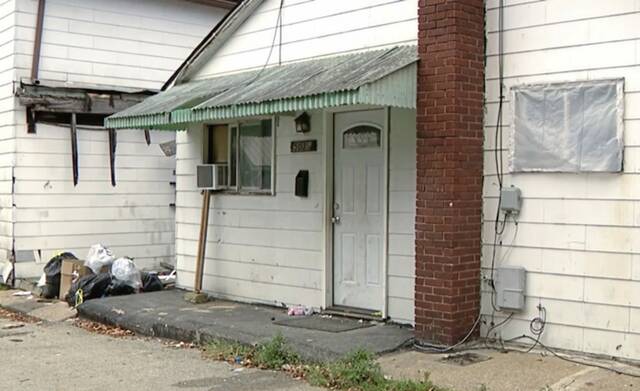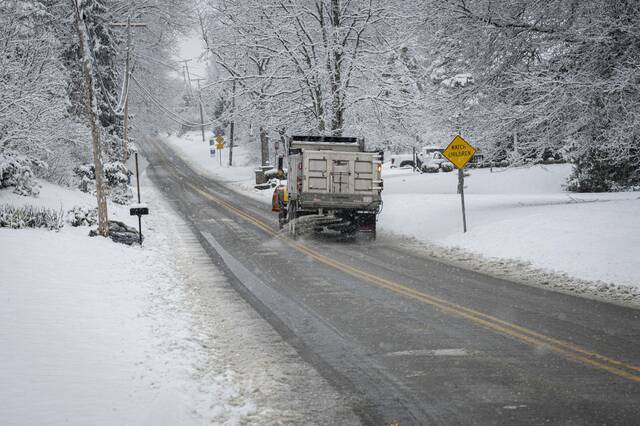AAron Capouellez wants people to know everything they can about how to create, maintain and foster nurturing habitats for Pennsylvania’s frogs and toads.
But he doesn’t want them to know where those habitats are, necessarily. It’s one of the odd contradictions of amphibian conservation and a bit of a catch-22 in trying to get people to appreciate the animals’ beauty and importance to the environment, he said.
“Unfortunately, there are people who will see where frogs are, and then go out to catch them to sell either as pets or as food for larger pets like snakes,” said Capouellez, 29, a board member with nonprofit PA Woods & Forests. “That’s why I have to be careful when I’m going out, because I’m sort of a walking billboard for where frog populations are located.”
Capouellez and others are getting ready for their annual Frog Week, which starts Monday, where they work to draw attention to amphibian conservation and spread the knowledge they’ve gained during the past year about the critters hopping all over Southwestern Pennsylvania.
PA Woods & Forests has been building frog habitats in Bedford, Somerset and Cambria counties, and this year they are looking into projects in Westmoreland. But finding out more about the area’s amphibious populations will help them better direct their efforts.
“One of the big things we’re encouraging is for people to download the iNaturalist app, a citizen-science project where people can snap photos and record audio, and submit it for the counties we’re targeting,” Capouellez said. “That way we can learn what type of frogs live where, and we can keep an eye out for what species may be declining.”
Part of the past year’s research focus has been on the pickerel frog, a dark frog with rectangular brown markings along its back.
“We have no idea what the average of pickerel frog sightings is, for example, across Westmoreland County,” Capouellez said. “So having that data is really interesting and then we can drill down into more detail by getting out in the woods, to see what the eastern versus western Westmoreland populations are like, and what we can do to help out their habitats.”
That can be anything from picking up litter to creating a small wetlands area to large-scale acid mine drainage remediation. Last year, observers saw pickerel frogs moving into the lower treatment ponds of a remediation project at the Powdermill Nature Reserve in Ligonier Township, where mine runoff previously made some stretches of local waterway uninhabitable.
The reappearance of frogs is a welcome sign that the remediation project is working, as frogs are an indicator species and are very sensitive to polluted waterways.
Frog ID app in the works
Grant funding plays an out-sized role in helping foster Frog Week activities. A Community Foundation for the Alleghenies grant has paid for “critter talks,” where Capouellez and others bring rescued amphibians to regional school classrooms.
“We were able to bring rescued tadpoles to elementary classrooms for students to raise,” he said. “And because of my reptile educator permit, I’m able to keep some of our rescue animals like an American toad with a badly injured arm, and I can create zoo-accurate living areas for them.
”I’ve got some rescue toads and wood frogs that will be part of our educational programming in 2025, animal ambassadors who can show people frogs’ lives and their personalities.”
A grant from Michigan pet store Josh’s Frogs is also in play, funding a project to record audio of frogs in the wild, which will be developed into an app for users to identify frog calls they hear while walking in the woods. It’s similar to what the Shazam app does for songs.
Frog Week is full of activities, including a July 26 frog walk at the Otto & Magdalene Ackermann Nature Preserve in North Huntingdon, and a July 27 walk near the Westmoreland Conservation District offices in Hempfield.
Enthusiasts can create backyard frog habitats with a small, shallow pond or wetlands area. Capouellez recommended including a small electric bubbler to aerate the water, which not only makes it a healthier environment for frogs, but can also prevent mosquitoes from successfully laying eggs.
In addition, this year’s Frog Week will see the debut of a video series on PA Woods & Forest’s YouTube page, highlighting the past year’s research and raising awareness about the fragile balance between amphibians and humans among some of Pennsylvania’s most biologically diverse areas.
“We’re expanding in a lot of directions, and it’s exciting,” Capouellez said.


